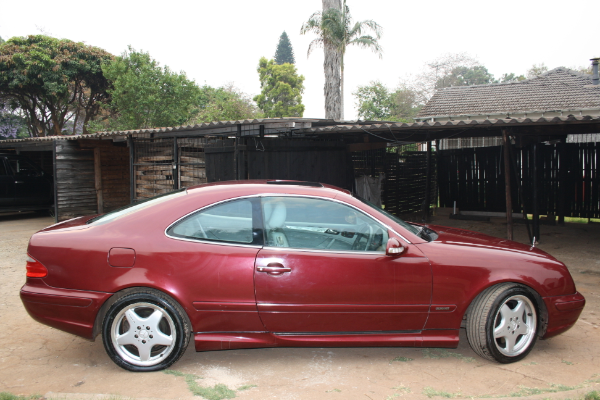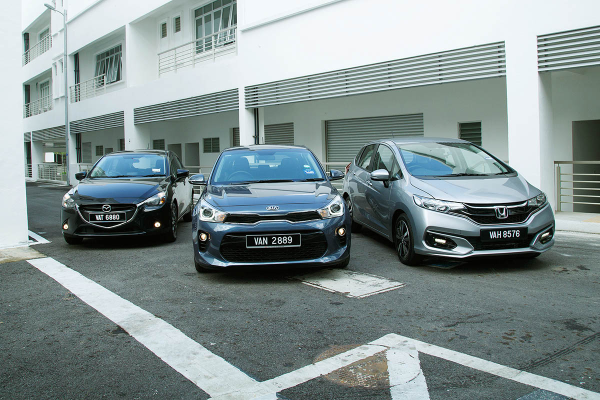Suzuki Vitara vs Hyundai Creta vs Mazda CX-3:
Which car has the best infotainment system?
Good infotainment is valued by motorists, as our lives become increasingly digitised. Here we round up the Suzuki Vitara, Hyundai Creta and Mazda CX-3 for a quick information and entertainment shoot-out.
Is a slick and simple infotainment system important to you when choosing a car? We compare the high-spec entertainment and information systems of the Suzuki Vitara, Hyundai Creta and Mazda CX-3, and then based on the findings, we choose a winner.
Suzuki Vitara
With its recent face-lift and introduction of turbo power, the mid- and high-spec Vitara received Suzuki’s 7-inch, colour Smart Linkage Display Audio touch screen system. It has smartphone integration through Android Auto and Apple CarPlay, and the screen displays the reverse camera image.
The UX is elegant and simple to use, with boxy graphics befitting dirt-loving vehicles like the Jimny and Vitara. The only negative is the absence of a tactile volume button, but at least it is a permanent, off-screen touch ‘slider’ that is quite easy to use. It is mirrored by three on-screen buttons on the right-hand side, for voice commands, settings and Home.
Buttons on the steering wheel can control some infotainment settings.
The system includes an SD slot, a USB port, Bluetooth connectivity for hands-free calls and voice control for many of the infotainment features.
Rating: 3.5/5
Hyundai Creta
The Creta uses an 8-inch colour touchscreen infotainment system. Featuring AM/FM, USB and Bluetooth connectivity for phone calls and audio streaming, the Creta does away with a CD player and AUX input, which is common these days.
The menu is relatively simple to use with the main options shown down the sides, with colourful icons. While some functions are hidden away in seemingly illogical locations, you will figure it out for yourself soon enough.
Below the screen is a row of tactile buttons for controls such as display, phone, track/station skip, media and band (AM/FM), while two rotary dials sit high up in either corner for volume, tuning, power and Enter. Steering-mounted buttons control a whole bunch of functions.
The system in the Creta also offers optional navigation, which has to be activated with an SD card, at a cost of US$200 or so. This would be useful where cellphone coverage is not available.
Like the Vitara above and the CX-3 below, it shows the area behind the car when it reverses.
Expect a more contemporary design in the new Creta that is due next year.
Rating: 3.5/5
Mazda CX-3
From the Dynamic grade and up, the CX-3 comes with MZD Connect, which uses a round, seven-way rotary controller, within easy reach of the driver’s left hand. Mazda is resisting the touch-screen trend, but you can still execute commands through touch on the 7-inch screen.
Elements of the UX design look a little outdated, and not as slick as the new Mazda3’s display, but it is an easy system to use. Similarly to BMW iDrive, the controller is used for scrolling, selecting and accessing shortcuts, through either turning it, pushing it horizontally or pressing the button on its ‘head’.
While it lacks Apple CarPlay and Android Auto, it offers connectivity and music via USB, AUX, Bluetooth and a CD player. Steering mounted switchgear control audio and telephone functions. The Individual trim (and up) includes Bose sound and integrated satellite navigation.
Rating: 4/5
Verdict
The Suzuki’s system is not quite the world’s best, but it is easy to use and does smartphone integration well. The Creta’s system shows its age, but has no serious draw-backs. The Mazda might not have mirrored phone integration, but you can still receive voice guidance through the speakers and it has built-in navigation. The fact that you do not have to reach towards the screen to control it, edges it towards victory.









